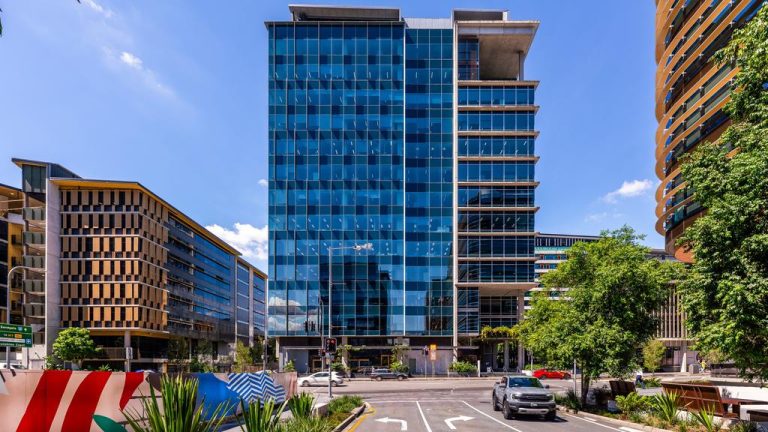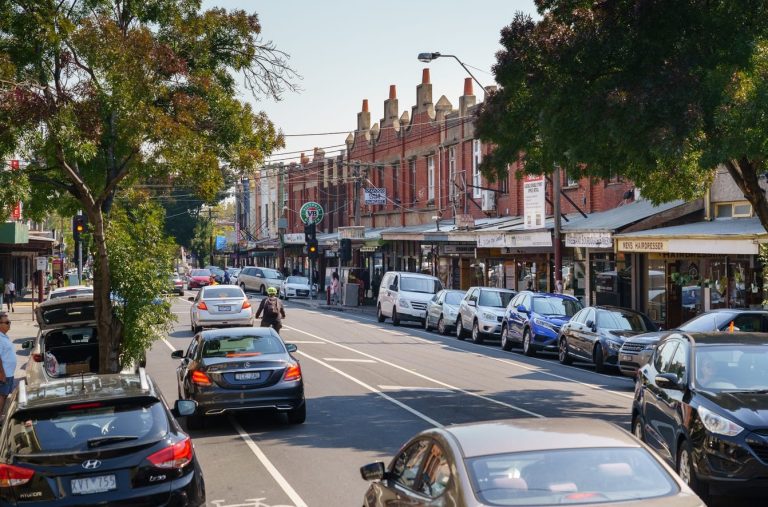Australian universities: key players in the commercial property industry

It’s one of our fastest growing industries, controlling billions of dollars’ worth of real estate, yet few portfolio managers or private investors pay Australian universities a lot of attention.
Australia’s 39 universities are growing at an average of 4.2% a year, according to IBISWorld, teach 1.3 million students and earn $15.1 billion in tuition fees from overseas students. This makes higher education Australia’s second largest export.
Catering for this growth is big business for the construction industry. Consider, for example, the $1 billion development program at University of Technology Sydney, featuring a striking new business school designed by renowned Canadian architect Frank Gehry.
Not far behind is RMIT University with $600 million worth of development across three campuses, including five striking new buildings in Melbourne’s CBD.
Australian universities are not just a boon for developers and architects though; they are a magnet for all sorts of businesses that are finding it pays to be located next to or, in some cases, within a campus.
I asked Andy Sharp, Director at Curtin University, what explains the cluster of creative businesses and technical research institutions that flock to education precincts.
“Our campus has the same level of economic activity as the city of Bunbury, and universities are a drawcard for anyone interested in research and learning. This attracts knowledge-based companies who want to influence the direction of research and tap into smart young minds,” he said.
It doesn’t take much to see the cluster effect at work. The University of Sydney, for instance, is surrounded by research institutes and players in creative industries like digital media, film, design and architecture – as well as the odd licensed venue.
The University of Texas was the first to take advantage of the cluster effect to attract research partners to its Cockrell School of Engineering in Austin. Pioneering the knowledge city approach has paid off, with Austin now hosting tech-based research for scores of companies, including Boeing, Dell, Toyota, AT&T, IBM and Sun Microsystems.
The knowledge city concept has also found its way into the planning approach of four Australian states, including WA’s Directions 2031 and Victoria’s Medical Science Precinct and Bio21 strategies.
University of Adelaide Vice President Paul Duldig told realcommercial.com.au that executing this approach required a new mindset from academics and facilities that worked to bridge the gap with the private sector and government.
“We’re in the process of establishing a new School of Veterinary Science in Adelaide’s north and we have shifted our business school into the CBD,” he said.
“Our most symbolic act though was tearing down the sandstone walls that separated our century old campus from the neighbouring CBD.
“We have a consulting arm which undertakes some short term research, but we’re more interested in working closely with groups who have a long term view and take a whole of systems approach.
“For instance, our health and biomedical research team collaborates with the state government and private providers on aged care and our School of Petroleum works closely with private companies in the energy sector.”
For universities, the contracting of research is a welcome source of revenue as government spending on higher education has failed to keep up with its pace of growth. But Duldig is quick to point out that the private sector has a lot to gain from this collaborative approach as well.
“Our academic and student bodies come from every continent, if not every country, in the world and this provides industry with important connections across the globe,” he said.
“If it wasn’t for the education sector, South Australia would have faced a recession in terms of exports during the GFC,” he told me.
“That has clearly paid off for Adelaide.”







